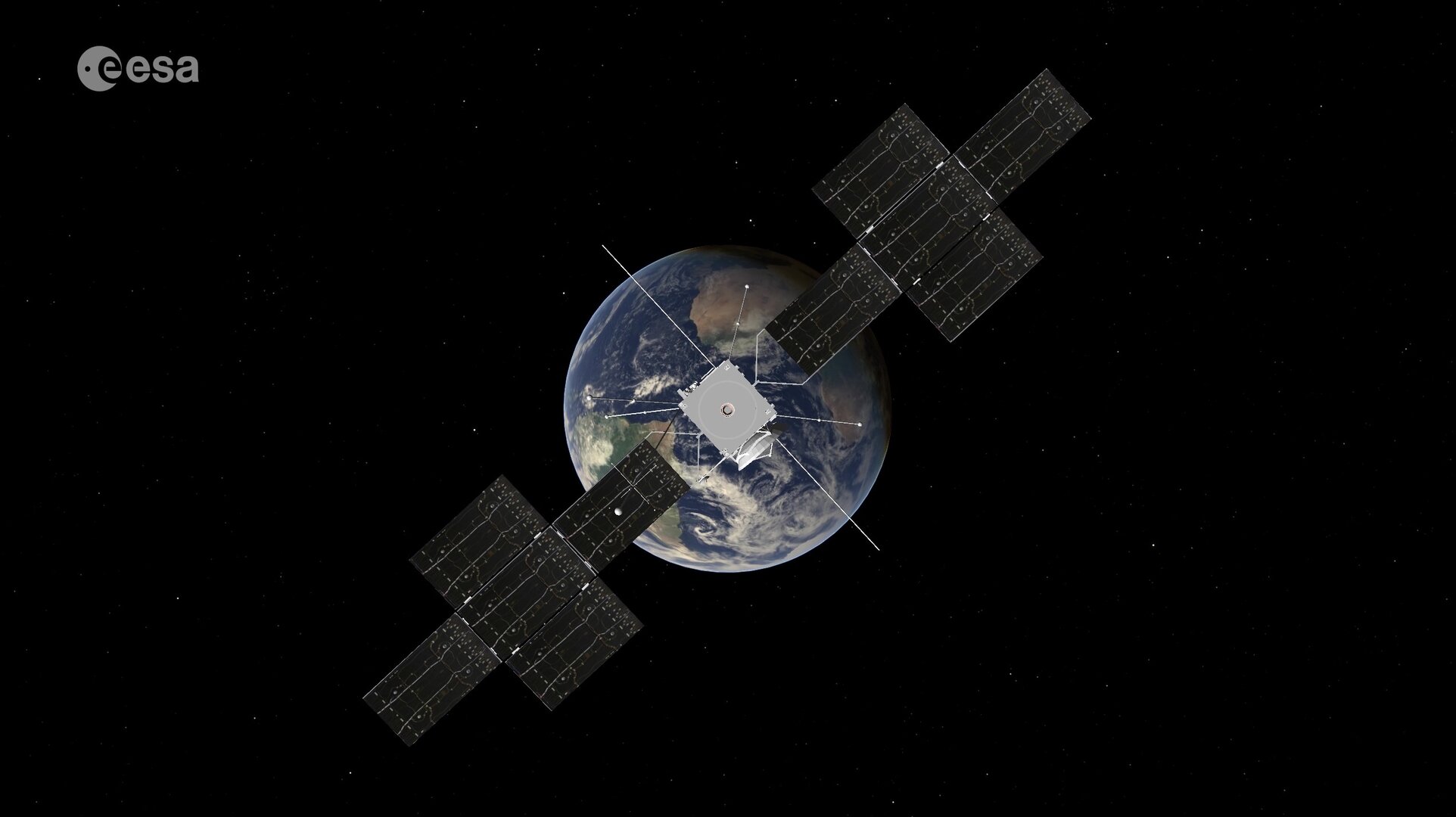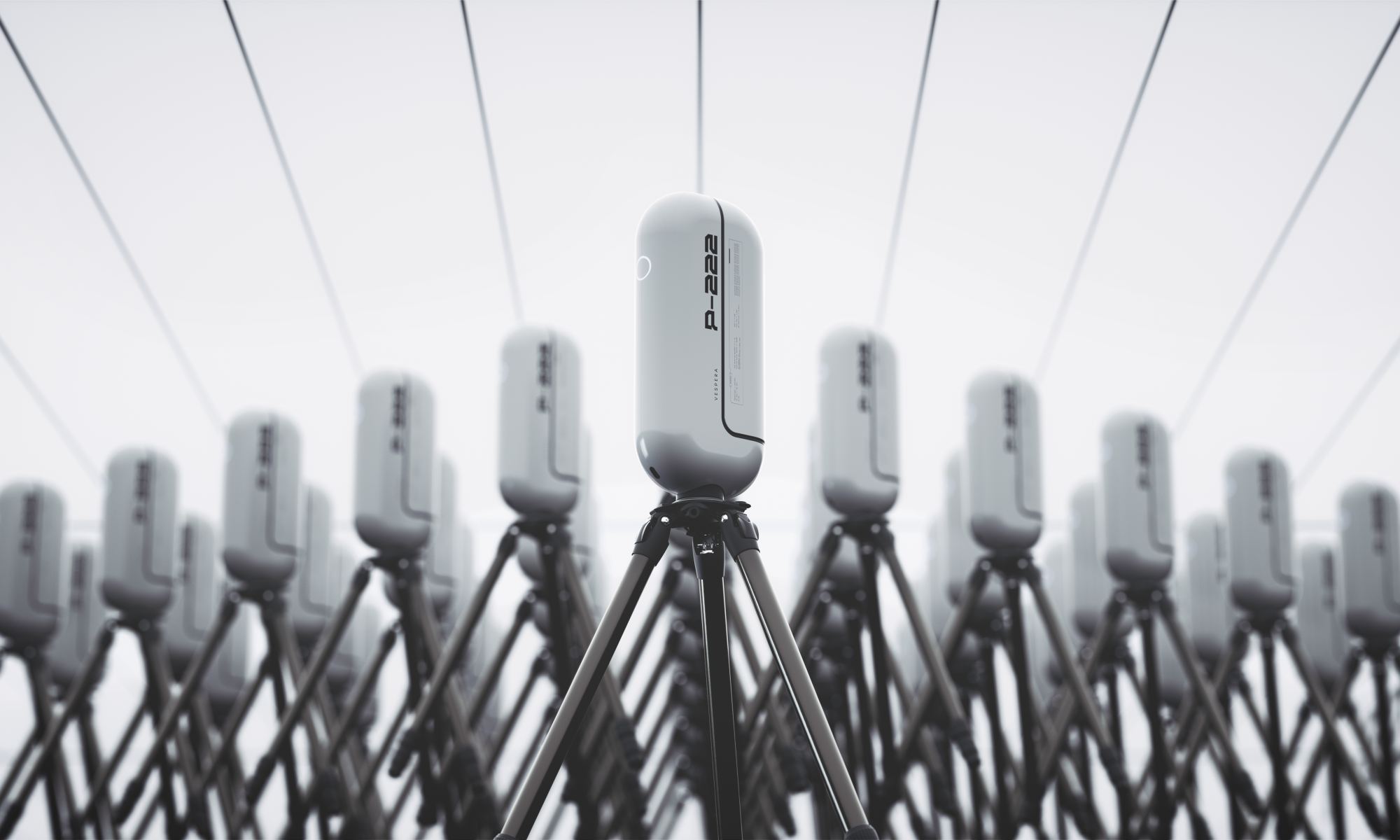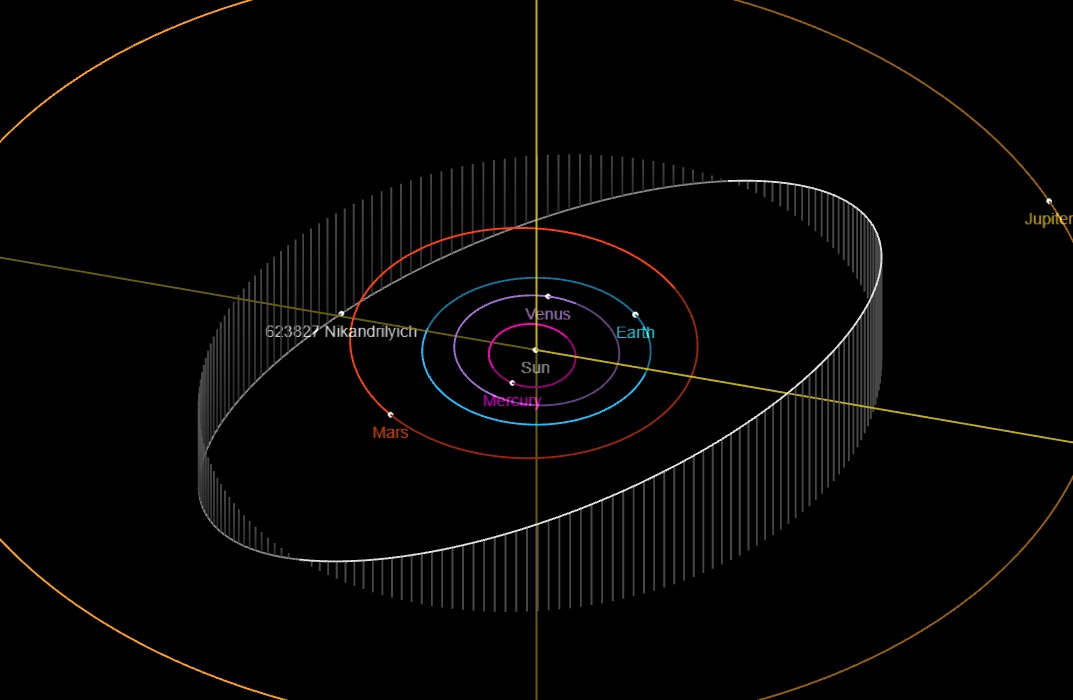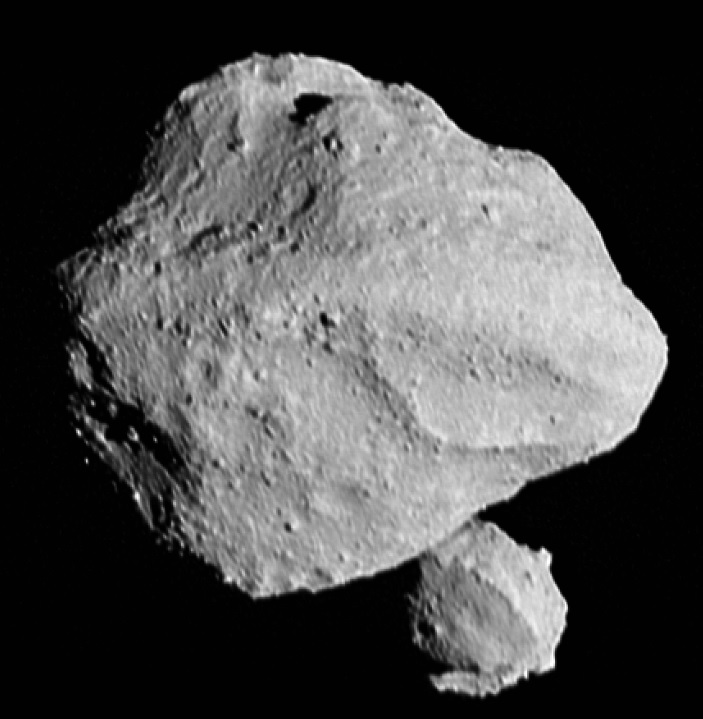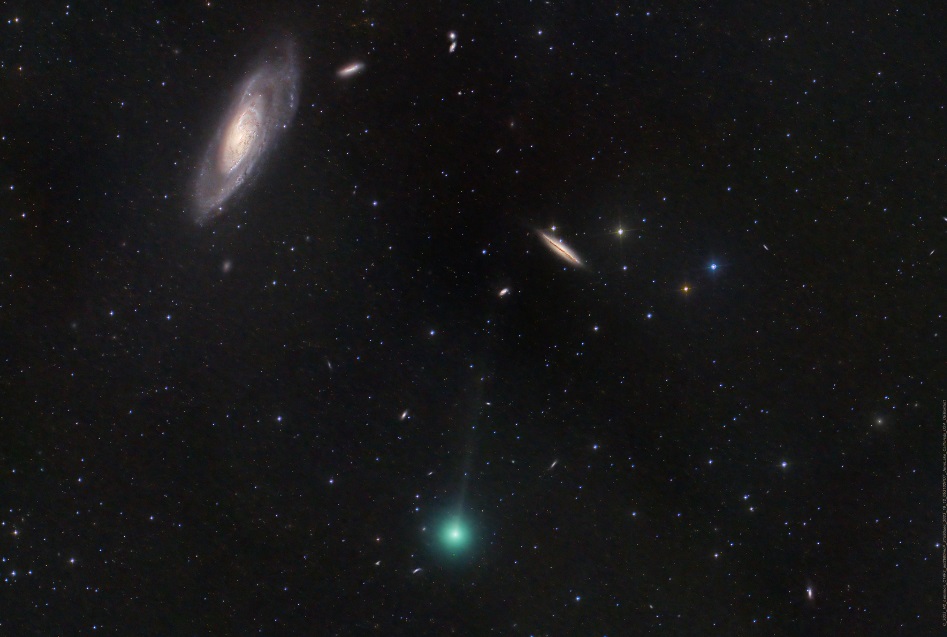Two recent asteroid discoveries made by an amateur astronomer highlight what is possible, with access to the right equipment.
When it comes to hunting for new astronomical discoveries these days, the competition is stiff. Gone are the days of the lone astronomer with a telescope perched on a lonely hilltop, patiently sweeping the skies looking for something new and out of place.
These days, it’s the ‘robotic eyes’ of all-sky surveys are more likely to make astronomical discoveries. Tirelessly canvassing the sky from dark locales night after night, these sentinels have definitely won the war when it comes to new discoveries. You’re more likely to see a survey name like ‘ATLAS’ or ‘PanSTARRS’ on a new comet today than say, ‘Johnson’ or ‘Smith’.
Continue reading “Dedicated Amateur Astronomer Makes Rare Pair of Asteroid Discoveries”




